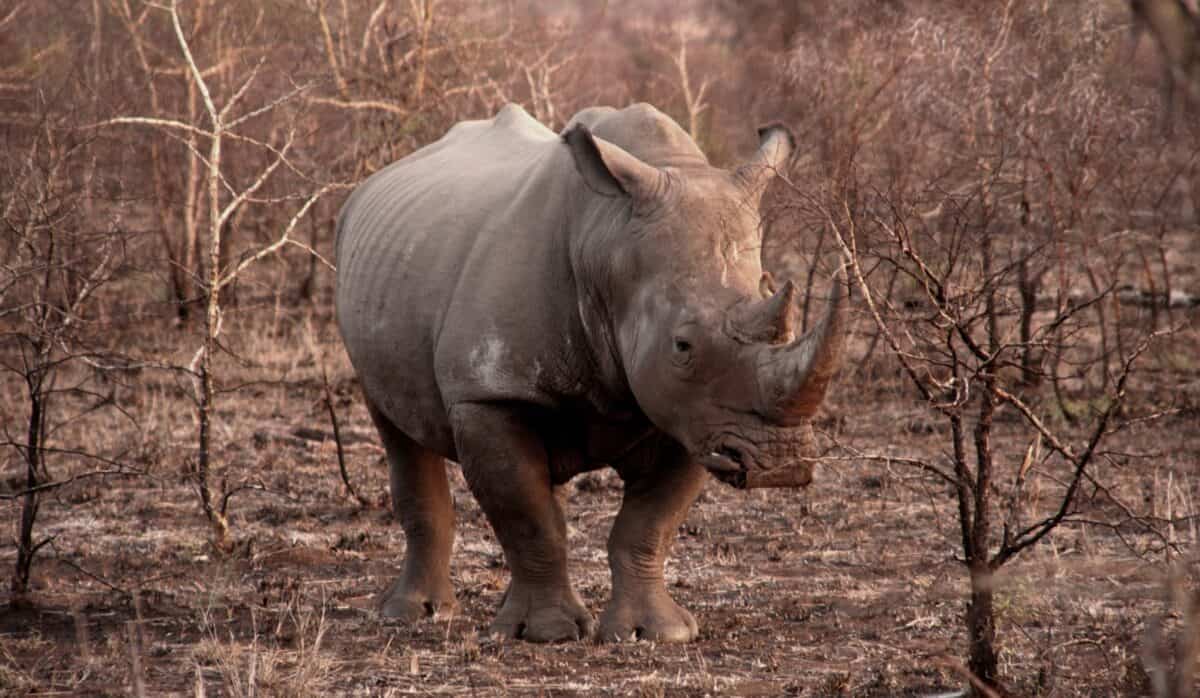Rhinoceroses, these magnificent prehistoric-looking mammals, are among the oldest living large land animals on our planet. In optimal conditions, rhinos can enjoy remarkably long lives. On average, most rhino species live between 35 to 50 years in the wild, with some individuals documented reaching their early 60s when living in protected environments. This longevity places them among the longer-lived land mammals, though they don’t quite reach the impressive lifespans of elephants, which can live up to 70 years.
However, modern rhinos rarely reach their full lifespan potential due to numerous threats that have devastated their populations worldwide. Understanding how long these magnificent creatures are meant to live provides important context for conservation efforts, highlighting just how much potential life is lost when a rhino falls victim to poaching or habitat loss. The gap between potential and actual lifespan represents one of the most tragic aspects of the rhino conservation crisis.
The Five Rhino Species and Their Longevity
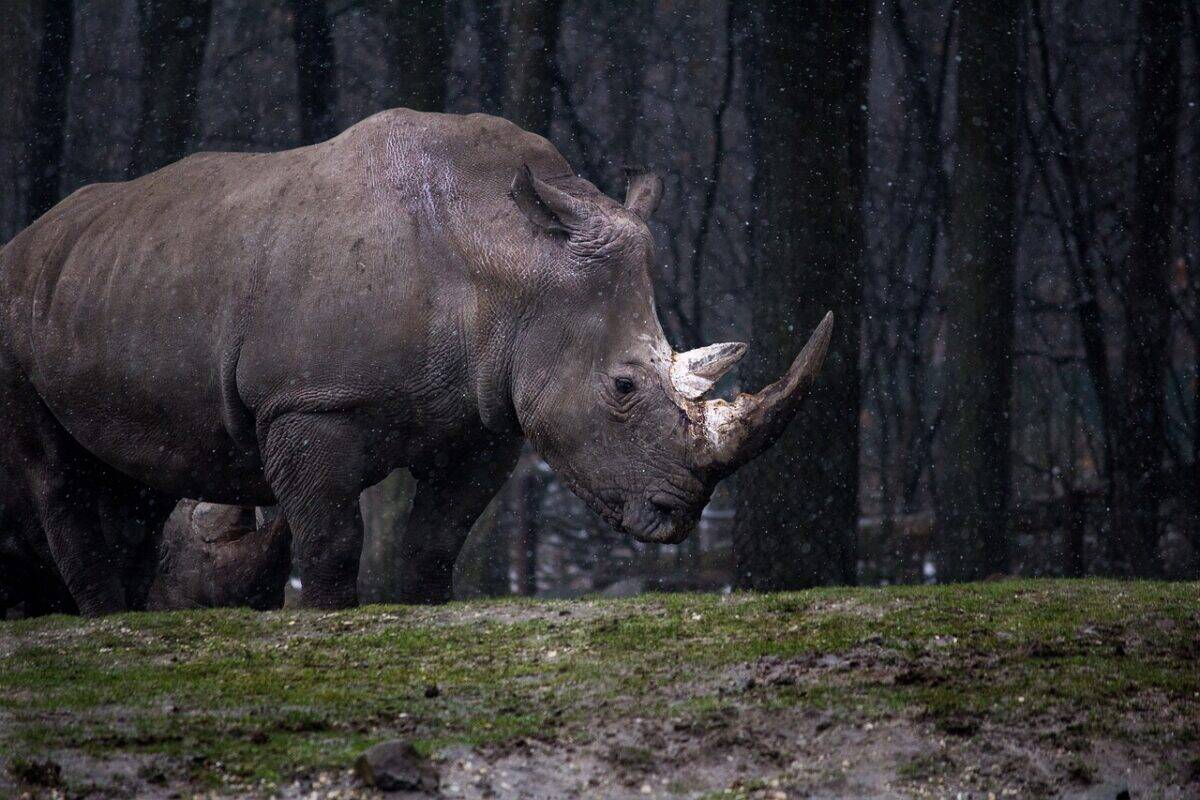
Each of the five remaining rhino species has slightly different lifespans, influenced by their specific biology, habitat, and evolutionary history. The white rhino and Indian rhino typically have the longest lifespans, often reaching 45-50 years in favorable conditions. Black rhinos have slightly shorter lives, averaging 35-40 years. The Sumatran rhino, the smallest and most ancient lineage, typically lives for 30-45 years, while the critically endangered Javan rhino has a similar lifespan potential of 30-45 years, though precise data is limited due to their extreme rarity.
Interestingly, rhinos in zoological settings often live comparable lifespans to their wild counterparts when provided with proper care, nutrition, and veterinary attention—a testament to the adaptability of these animals. The oldest documented rhino in captivity was a southern white rhino named Lin Wang, who lived to be 59 years old at the Taipei Zoo, demonstrating the upper limits of rhino longevity when protected from threats like poaching and habitat destruction.
Poaching: The Greatest Threat to Rhino Longevity
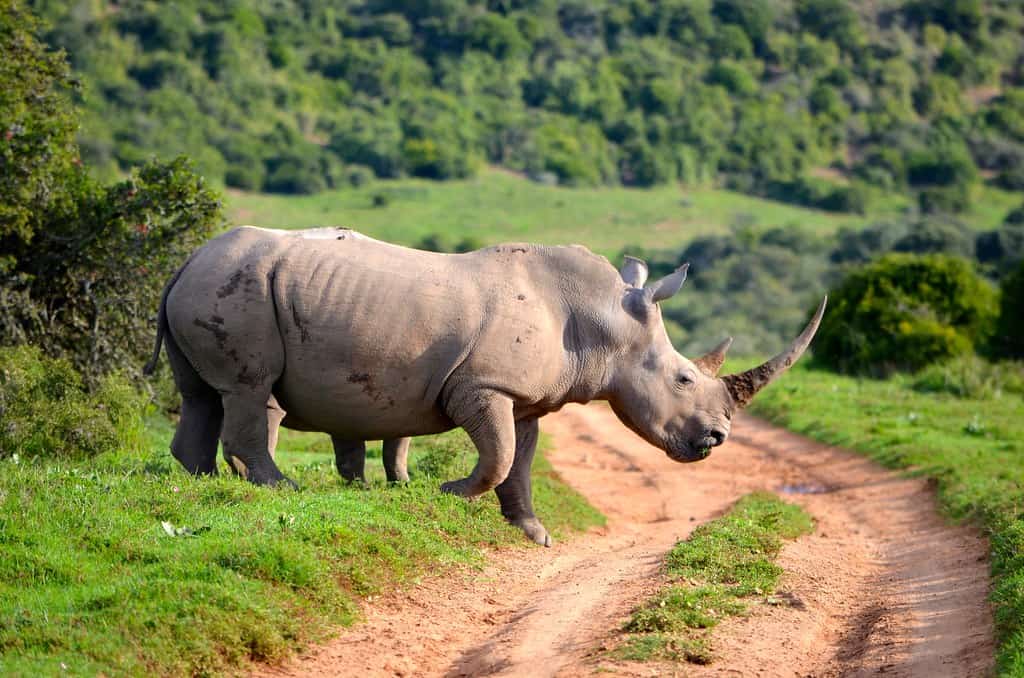
Without question, poaching represents the single most devastating threat to rhino populations worldwide, drastically cutting short the natural lifespan of these magnificent creatures. The demand for rhino horn—primarily in Vietnam and China—has created a lucrative black market, with horn fetching prices higher than gold, cocaine, or platinum by weight. Despite being composed of keratin (the same protein found in human fingernails), unfounded beliefs about medicinal properties drive this demand. Modern poaching operations have evolved into sophisticated criminal networks employing high-tech equipment and weapons.
The statistics are heart-wrenching: between 2007 and 2019, more than 9,000 African rhinos were killed for their horns, representing a significant percentage of the remaining population. In South Africa alone, which houses the largest rhino population, poaching increased by 9,000% between 2007 and 2014. Most poached rhinos die young, sometimes leaving dependent calves behind who also perish without maternal care. This premature mortality has devastating consequences for population dynamics and genetic diversity, as breeding adults are removed before they can contribute fully to the next generation.
Habitat Loss and Fragmentation
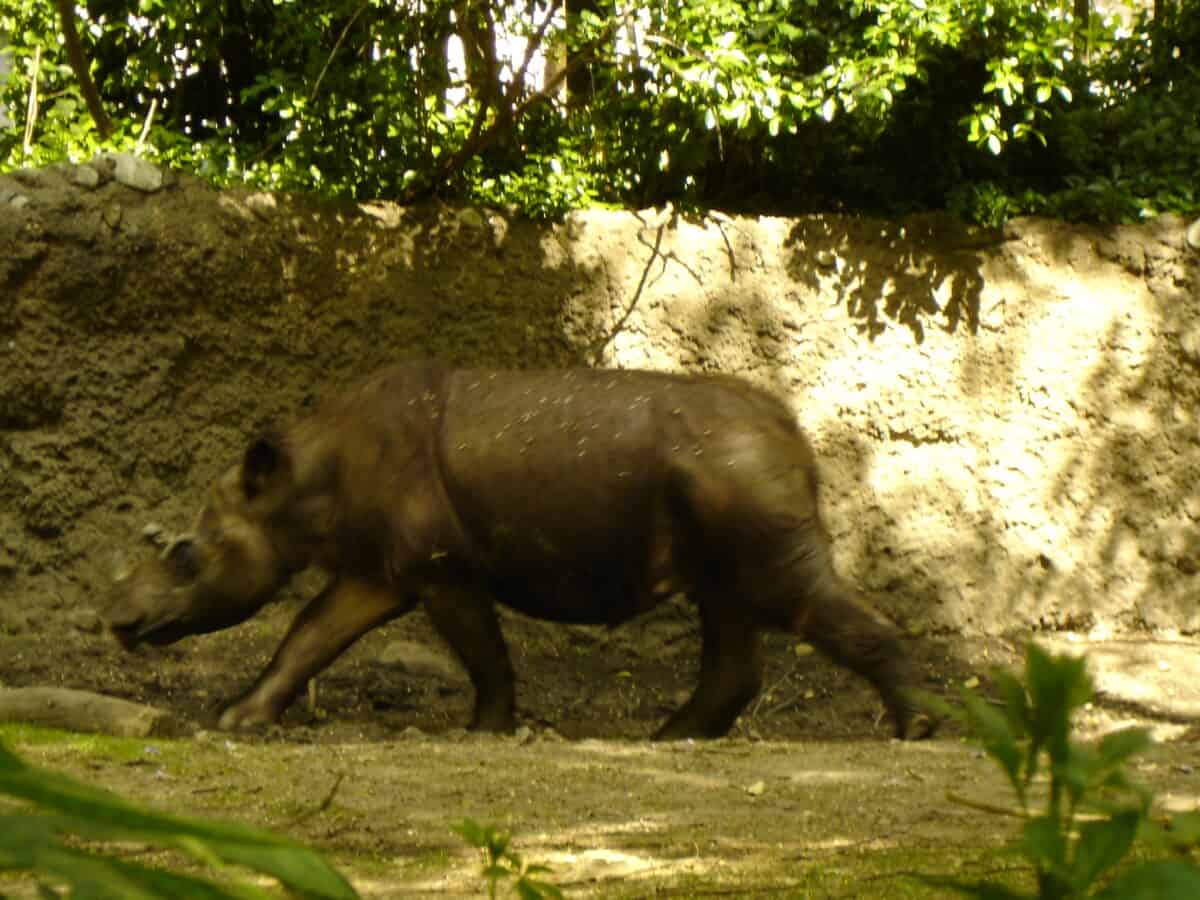
While poaching garners more headlines, habitat loss and fragmentation represent equally serious long-term threats to rhino longevity. Historically, rhinos roamed vast territories across Africa and Asia, but human development has restricted their range to small, isolated pockets. Agricultural expansion, logging, mining operations, and infrastructure development have collectively eliminated much of the rhinos’ natural habitat. For example, Sumatran rhinos have lost over 70% of their habitat in just the past three decades.
These habitat changes directly impact rhino lifespan in several ways. Restricted territories mean less food availability and quality, potentially affecting health and reproductive success. Fragmented populations become genetically isolated, leading to inbreeding and reduced resilience to disease and environmental changes. Additionally, compressed ranges force rhinos into closer contact with humans, increasing conflict incidents that can result in rhino deaths. The Javan rhino, now confined to a single population in Ujung Kulon National Park, faces the additional risk of extinction from a single catastrophic event like a tsunami or disease outbreak—a stark example of how habitat restriction threatens long-term survival.
Climate Change Impacts on Rhino Survival
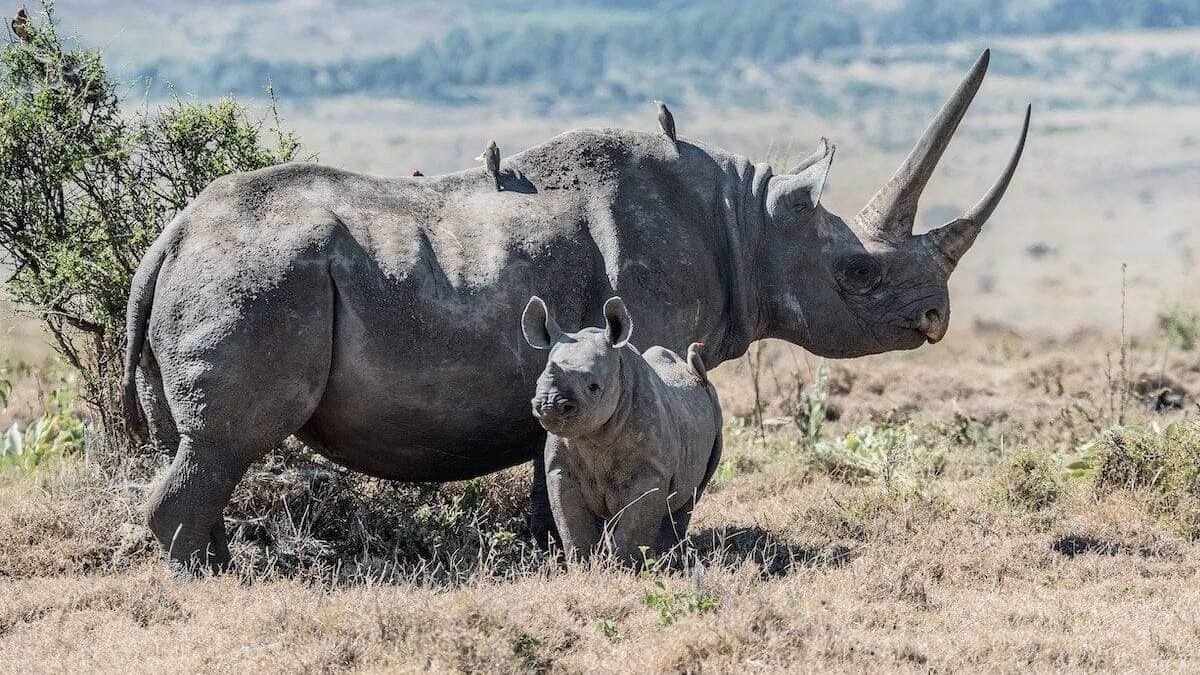
Climate change represents an emerging threat to rhino populations worldwide, with potentially profound impacts on their lifespan and reproductive success. Rising temperatures and altered rainfall patterns are transforming the ecosystems rhinos depend upon. For example, more frequent and intense droughts in Africa directly affect water availability and vegetation quality, forcing rhinos to travel farther for resources and potentially compromising their nutrition and health. During severe droughts, young and elderly rhinos are particularly vulnerable, leading to increased mortality among these age groups.
Climate-related habitat shifts also pose serious challenges. Models predict that suitable habitat for white rhinos could decline by up to 30% by 2070 under certain climate scenarios. Additionally, changing conditions may favor the spread of new diseases or parasites into rhino populations with limited immunity. Research suggests that heat stress impacts rhino reproduction, with elevated temperatures potentially reducing fertility rates. For species already teetering on the edge of extinction, like the Sumatran and Javan rhinos, even small climate-related disruptions could prove catastrophic, further shortening average lifespans and pushing them closer to extinction.
Reproductive Biology and Population Growth

Understanding rhino reproductive biology provides crucial context for their population dynamics and recovery potential. Rhinos are slow reproducers compared to many mammals—females typically bear their first calf between 6-8 years of age and maintain a pregnancy interval of 2.5-4 years throughout their reproductive lives. With gestation periods lasting 15-18 months (among the longest for land mammals), and typically producing just one calf at a time, even a healthy female rhino might produce only 4-5 offspring throughout her entire life. This slow reproductive rate has evolved in conjunction with their naturally long lifespan.
This reproductive strategy works well in stable environments but becomes problematic when populations face rapid decline from threats like poaching. When adult breeding females are killed, the loss represents not just one individual but potentially several future generations as well. Conservation biologists estimate that rhino populations can sustain only a 1-2% annual offtake rate while maintaining stable numbers. Yet in poaching hotspots, annual losses have reached 8-9%, far outpacing reproductive capacity. This mathematical reality underscores why protecting adult females is particularly crucial for maintaining viable populations and why recovery from population crashes takes decades even under optimal protection.
Disease and Health Challenges

Though often overshadowed by more immediate threats like poaching, disease represents a significant factor affecting rhino longevity, particularly in small, isolated populations. Rhinos can suffer from various health conditions including tuberculosis, anthrax, foot-and-mouth disease, and parasitic infections. In confined populations, disease can spread rapidly and potentially devastate already vulnerable groups. For example, an outbreak of anthrax in Etosha National Park, Namibia, caused significant black rhino mortality in the early 2000s, demonstrating how quickly disease can impact small populations.
As populations become more concentrated in protected areas, disease risks increase. Additionally, climate change may alter disease vectors and patterns, potentially introducing new pathogens to rhino populations with limited immunity. Conservation veterinarians play an increasingly vital role in monitoring rhino health, conducting preventative care, and responding to disease outbreaks. Advanced techniques like remote dart vaccination programs help manage disease risk without excessive handling stress. However, for critically endangered species like the Sumatran rhino, with fewer than 80 individuals remaining, even a relatively minor disease outbreak could have catastrophic consequences for the species’ survival.
Human-Wildlife Conflict
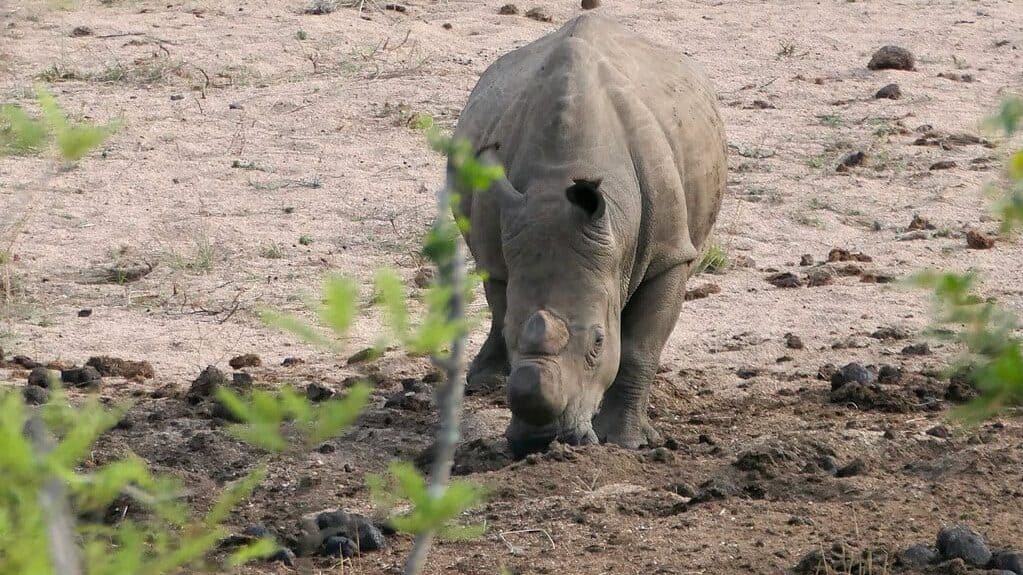
As human populations expand into traditional rhino territories, direct conflict between people and rhinos has become increasingly common, affecting rhino mortality rates and lifespan. Though rhinos rarely directly threaten human lives, they can cause significant damage to crops and property. A single rhino can devastate a small farmer’s entire season of crops in one night, creating understandable resentment among local communities. This tension sometimes results in retaliatory killings or poisonings of rhinos, particularly in areas where compensation schemes are inadequate or nonexistent.
The conflict extends beyond direct confrontation. Human activities near rhino habitats—including livestock grazing, fuelwood collection, and settlement expansion—can degrade habitat quality and interrupt natural behaviors like feeding and breeding. Conservation organizations increasingly recognize that successful rhino protection requires addressing these conflicts through community engagement. Programs that provide economic benefits from rhino conservation, like ecotourism revenue sharing, educational initiatives, and employment as rangers or guides, help transform rhinos from perceived liabilities into community assets. When local communities have stakes in rhino survival, average lifespans typically increase as illegal killing and habitat encroachment decrease.
Conservation Strategies Extending Rhino Lives
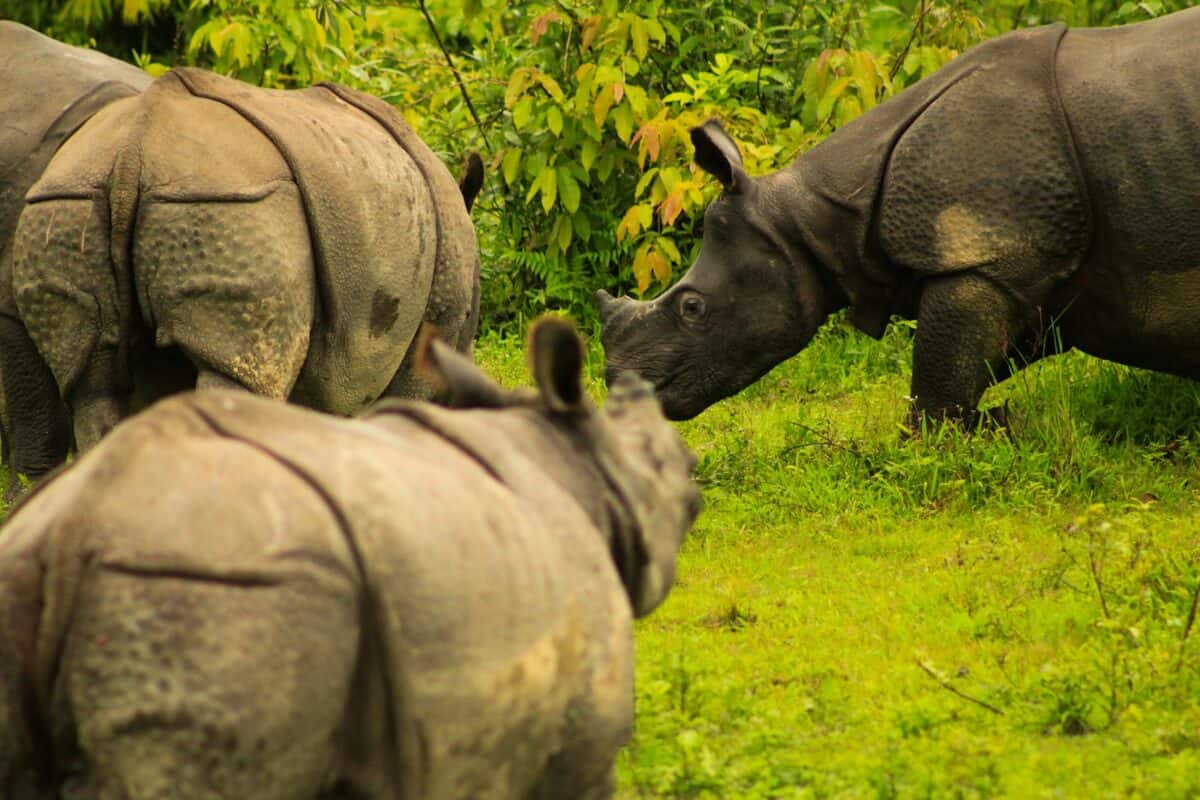
Across rhino range states, innovative conservation strategies are being deployed to protect these magnificent animals and help them reach their natural lifespans. Anti-poaching efforts have evolved significantly, now incorporating military-style operations with aerial surveillance, K-9 units, and intelligence networks to intercept poachers before they strike. Technological solutions like embedded horn transmitters, DNA databases, and camera trap networks provide additional layers of protection. In South Africa’s Kruger National Park, intensive protection zones have demonstrated success in reducing poaching rates by concentrating security resources.
Beyond security measures, strategic translocations help establish new rhino populations in secure habitats, reducing risk through geographic distribution. Carefully managed breeding programs maintain genetic diversity, particularly crucial for the most endangered species. Community conservation initiatives that provide tangible benefits from rhino protection transform local residents into conservation allies. Additionally, demand reduction campaigns in consumer countries aim to diminish the market for rhino horn through education and awareness. The most successful approaches integrate these various strategies into comprehensive conservation plans that address both immediate threats and long-term sustainability, effectively extending average rhino lifespans across protected populations.
Rhino Horn Devaluation Strategies

Innovative approaches to directly devalue rhino horn have emerged as controversial but potentially effective methods to extend rhino lifespans by deterring poachers. Horn infusion or devaluation involves treating rhino horns with a combination of indelible dye and toxins that render the horn unsuitable for consumption without harming the rhino. When implemented alongside clear warnings through visible markings on the animals, media campaigns, and signage, these programs aim to make potential poachers reconsider their targets. In certain reserves employing these techniques, poaching rates have declined significantly.
Another approach involves preemptive horn removal or trimming, conducted by veterinary professionals under anesthesia. Since rhino horn grows back at approximately 2-3 inches per year, this represents a temporary but immediate way to protect high-risk individuals. Critics of these methods argue they may simply displace poaching to untreated populations or have limited effectiveness against organized crime syndicates. However, supporters point to localized successes and emphasize that these techniques form just one component of comprehensive protection strategies. The ethical considerations around these interventions remain complex, balancing short-term protection against concerns about altering natural behaviors and appearances in wild animals.
Captive Breeding and Assisted Reproduction
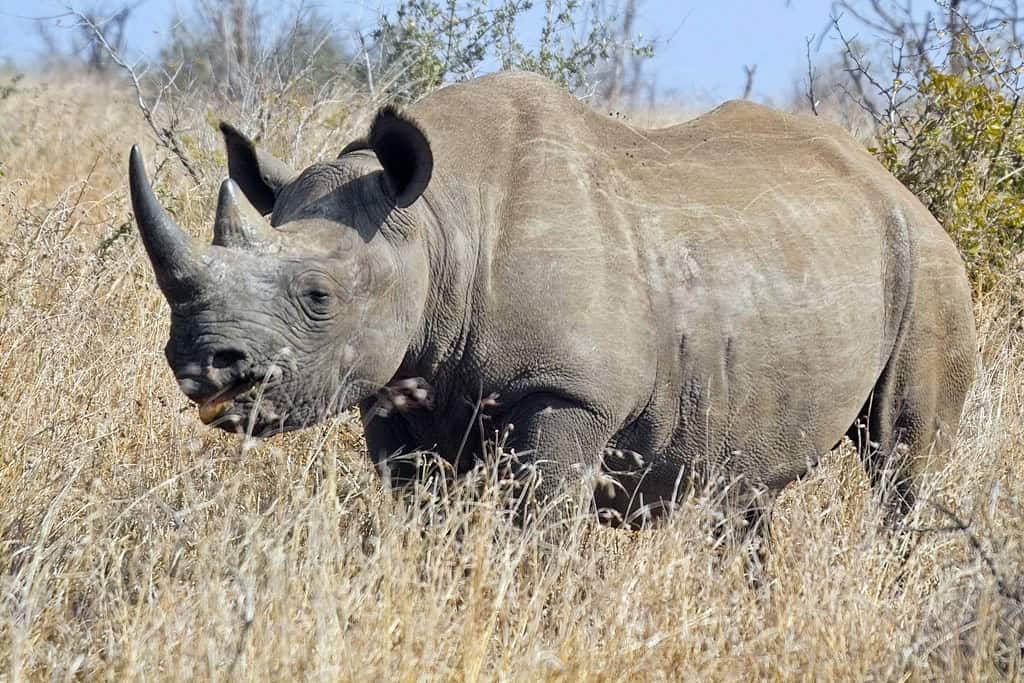
For the most critically endangered rhino species, captive breeding and advanced reproductive technologies have become essential tools for preserving genetic diversity and extending species lifespans. Traditional captive breeding programs have achieved mixed results with rhinos—white rhinos breed relatively well in captivity, while Sumatran rhinos have proven exceptionally difficult to reproduce outside their natural habitat. The challenges include complex social requirements, specialized diets, and stress sensitivity. However, successful breeding facilities like the White Oak Conservation Center in Florida and the Sumatran Rhino Sanctuary in Indonesia demonstrate that with proper expertise and resources, captive breeding can contribute meaningfully to conservation.
More recently, assisted reproductive technologies have opened new possibilities. Artificial insemination has produced successful births in white rhinos, and researchers are developing techniques for in vitro fertilization across all species. For the northern white rhino, now functionally extinct with only two females remaining, scientists have successfully created embryos using preserved sperm and eggs, with plans to use southern white rhinos as surrogate mothers. Similar efforts are underway for Sumatran rhinos. These technologies represent a last line of defense against extinction and potentially allow genetic contribution from individuals that cannot reproduce naturally due to age, health issues, or compatibility challenges—effectively extending the reproductive lifespan of valuable genetic lines even beyond individual mortality.
The Future of Rhino Conservation

The future of rhino conservation—and by extension, the potential for these magnificent creatures to achieve their natural lifespans—depends on coordinated global efforts across multiple fronts. The most successful conservation models demonstrate that integrated approaches yield the best results. Nations like Namibia have shown remarkable success by combining strong anti-poaching measures with community ownership and tourism benefits, resulting in growing rhino populations where locals actively protect “their” rhinos. These successful models are being adapted and implemented in other range states with promising early results.
Technological innovations continue to enhance protection capabilities. From DNA forensics that help prosecute trafficking networks to blockchain systems that improve horn tracking, science is providing powerful new tools. Parallel efforts to reduce demand through awareness campaigns in consumer countries are showing initial signs of success, particularly among younger generations. Perhaps most encouragingly, the global conservation community has developed unprecedented cooperation across national boundaries, with information sharing and coordinated strategies replacing the isolated efforts of the past. While rhinos still face formidable challenges, these collaborative approaches offer genuine hope that with sustained commitment, future generations of rhinos may once again live out their full natural lifespans across restored habitats.
Conclusion

The natural lifespan of a rhino—potentially stretching to five decades or more—represents a remarkable biological achievement that has evolved over millions of years. Yet today, few rhinos reach even half their potential age due to the convergence of threats like poaching, habitat loss, and emerging challenges from climate change. The premature death of each rhino represents not just the loss of an individual but a blow to the species’ genetic diversity and reproductive potential, creating a devastating compounding effect on population recovery efforts. Despite these sobering realities, dedicated conservation initiatives worldwide demonstrate that when adequate protection, habitat, and community support are present, rhino populations can stabilize and even grow.
The story of rhino conservation in the 21st century is not yet fully written, and the trajectory could still bend toward either recovery or extinction. What remains clear is that the fate of these ancient, magnificent creatures rests squarely in human hands—the same hands responsible for creating the threats now facing them. Through continued innovation, collaboration, and commitment to protection, we have the capacity to ensure that future generations of rhinos can once again live out their full, natural lifespans across healthy ecosystems. In saving the rhino, we preserve not just an iconic species but an irreplaceable part of our planet’s living heritage and biological diversity.
- 24 Secret Ideas That Attract Hummingbirds to Your Garden - August 14, 2025
- The Fastest Land Animals in the US - August 14, 2025
- What Makes the Indo-Pacific Humpback Dolphin Rare and Vulnerable - August 14, 2025

